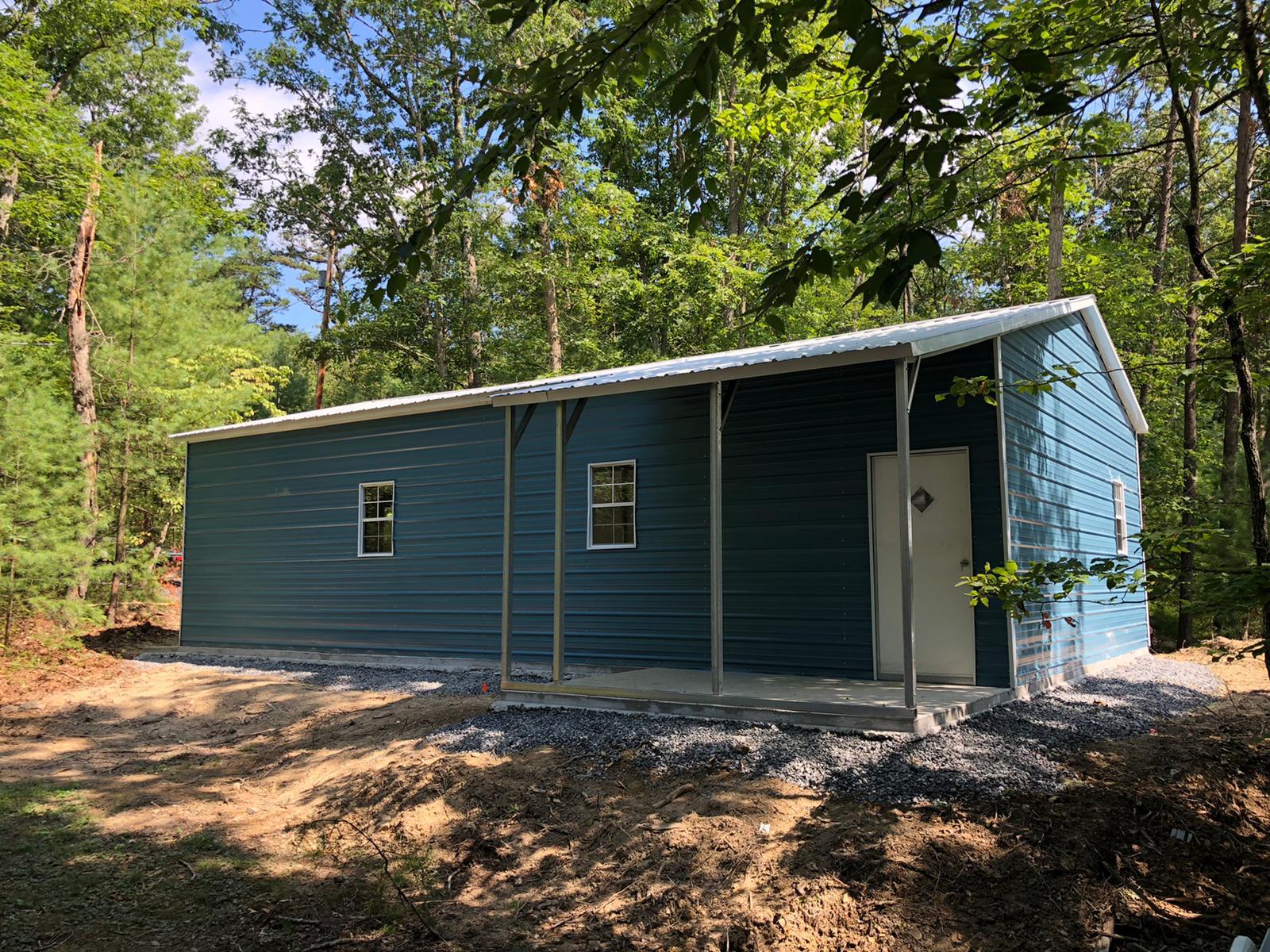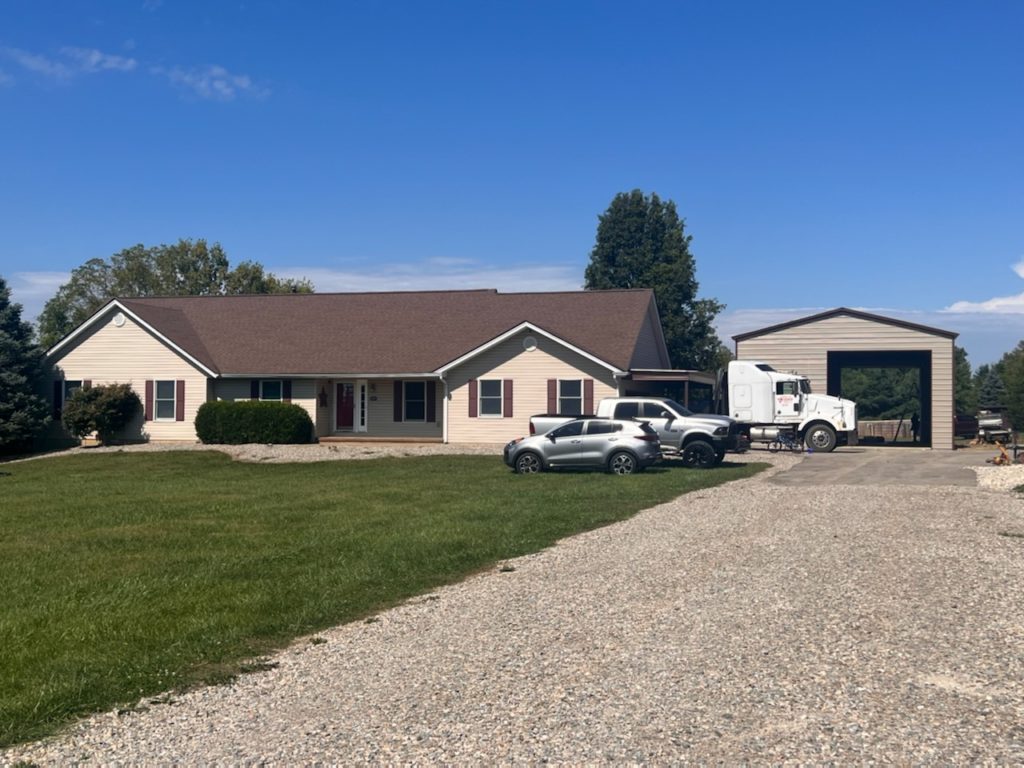Several parts of a house are commonly made out of metal. It includes a roof, gutters, downspouts, flashing, and chimneys. In addition, many homes will also have metal framing or siding, doors, and windows. An entire house can be metal, but there are sound reasons why many see it as optional.
Building a non-metal-made house
People don’t often see houses made of metal entirely because other construction materials are available. Some are more familiar than others and have become a traditional staple to building a home in one place. It includes the following:
- Wood is one of the most popular construction materials due to its availability, affordability, and durability. It is for both the framing of a house and the construction of walls, floors, and ceilings.
- Concrete is another favored one due to its durability and strength. It is often an option for foundations, walls, and floors.
- Brick is an ideal material for both exterior and interior walls. It is easy to work with and provides a durable and attractive finish.
- Glass is preferred for both windows and walls. It is durable, transparent, and effortless to clean.
On the other hand, when metal materials emerge, these become a top choice for building the essential parts of a house. For one thing, metal can withstand extreme weather conditions and wear and tear. These also offer excellent protection against fire. Moreover, metal materials are often recyclable. Meaning you use metal over again without damaging the environment. These can even help reduce noise pollution in homes, making them more peaceful and relaxing places to live.
An astute judgment of materials to use is excellent for building a long-lasting and valuable house. However, we can see homes entirely made of metal, wood, brick, or concrete.
Metal-made house is good when well-built

With various benefits of metal, having a house made out of metal entirely is practical. Visually, a metal building can project a modern vibe that becomes simply outstanding if it is a home.
However, like other materials, metal also has crucial weaknesses. These include metal being a conductor of heat, poor insulator, and susceptible to corrosion. The good news is there are solutions to counter these problems.
Use high-quality metal – It is a high priority for the frames and parts of the house that constantly face elements like the roof and exterior walls. About the roofing, choose the type or material that has a protective coating against corrosion. An excellent example is galvanized metal coated with a thin layer of zinc. The zinc shields the steel from corrosion and gives it a shiny, silver appearance. The galvanized roof is also available in various colors.
Install proper insulation. Insulating a metal building keeps its heat in during the winter and cool in during the summer. It also means energy bills will be lower, and occupants’ belongings will have protection against condensation and rust. Additionally, adequately insulated metal buildings will have improved acoustics, making them more pleasant to be around.
Perform maintenance as needed. Generally, a metal house requires infrequent upkeep. However, regular cleaning and inspecting of the home are beneficial to remove any potential sources of rust or corrosion.
Make a metal expert construct the house. A skilled one knows the fundamental and advanced ways to strengthen a metal house. Building one also requires the right tools and processes to meet standards.

